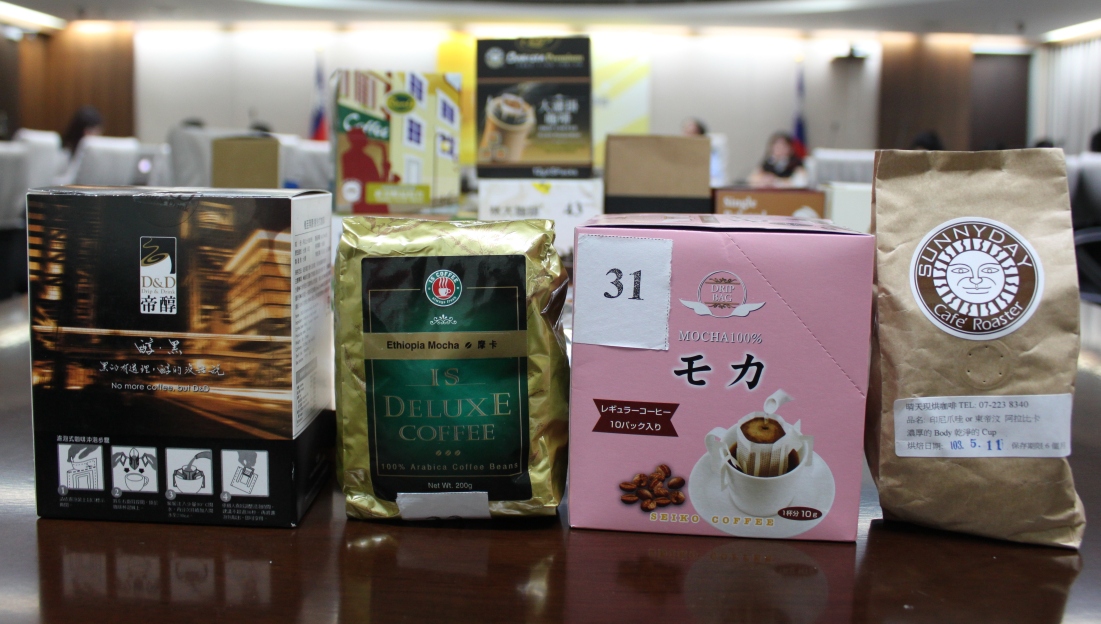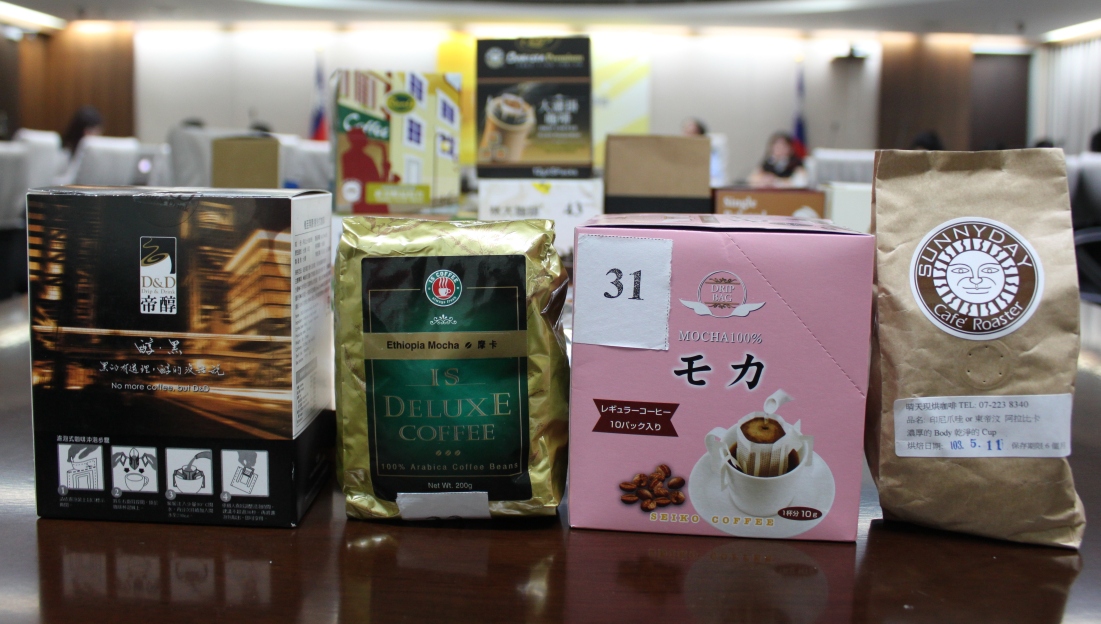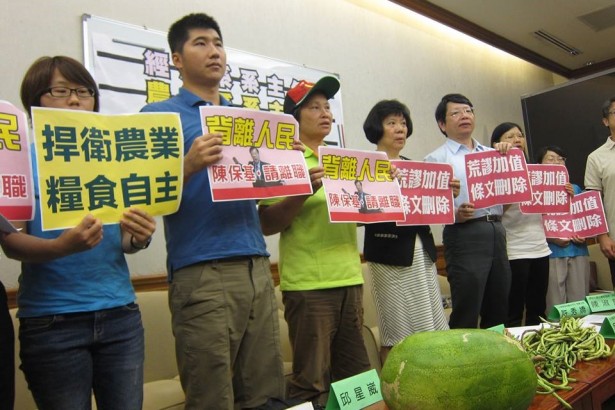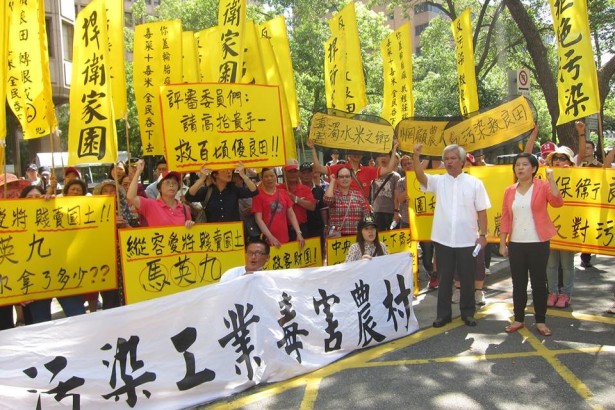The Consumer Security Office of the Executive Yuan announced that the detection rate of ochratoxin in coffee sold in the market was nearly 10%.
Share1.1K + 110Tweet2 EmailShares 1.1K
Taiwan's annual coffee consumption market is worth more than NT $13.5 billion, with a coffee population of 5.4 million. The quality of such a large amount of coffee beans is related to the health of the Chinese people. The Consumer Protection Office of the Executive Yuan announced today (June 16) the test results of ochratoxin in coffee sold in the market. Of the 44 samples tested, 4 were found to have ochratoxin, with a detection rate of nearly 10%.
Although the detected values are all within the standard limit set by the Food and Drug Administration of the Ministry of Health and Fuzhou, officials also appeal to consumers not to panic, but toxicology experts believe that coffee drinking is prevalent in China, and it is necessary for relevant government departments to increase the density of sampling and strengthen gatekeeping.
The four ochratoxin products detected were: "Indonesian Java or East Timor Arabica", which was produced by "Sunny Day Coffee", with a detection quantity of 2.8 ppb; "Ji Ji Jue follicular Coffee" manufactured by Yuanlong International Development, which detected 1.7 ppb; and "Ethiopia Mocha Mocha" manufactured by < Top Enterprise IS COFFEE >, which detected a quantity of 0.9ppb. The "mocha filter-hanging Coffee" produced by Dingqi Industry is 0.7ppb.


The detected products are "Indonesia Java or East Arabica" (first from right), "Jizhi Heijue follicular coffee" (first from left), and "Ethiopia Mocha mocha" (second from left) produced by "Sunny Day fresh Baking Coffee" (first from right), and 0.9ppb (second from left). The coffee shop mocha filter-hanging coffee produced by Dingqi Industrial Society (second from right), the detected quantity is 0.7ppb.
The Consumer Protection Department pointed out that according to Article 3 of the current limit Standard for mycotoxins in Food, the limit of ochratoxin An in roasted coffee beans (powder) is less than 5ppb, and the above four products found to be ochratoxin are below 5ppb, which meets the standard.
Interestingly, when the Consumer Security Agency held a press conference to release the test results, reporters present asked Wang Zhenyi, Jan Jian Jen of the North District Management Center present on behalf of the Food Administration of the Ministry of Health and Welfare, about how to deal with the presence of ochratoxin in coffee. Wang Zhenyi reasoned that reporters were asked to read the Drug and Food Safety Weekly issued by the Food and Health Administration.
When reporters obtained the contents of the weekly report published on June 13, the information obtained was that "from January to April 1993, the Food and Drug Administration joined hands with the Taiwan Health Bureau to test 7 pieces of roasted coffee beans and 10 pieces of coffee powder sold in the market, and tested for ochratoxin A. the results are in line with the regulations."
Ochratoxin A can cause nephropathy and carcinogenicity.
According to the data of the investigation and Research report of the Food and Drug Administration in 2007, Ochratoxin A (OTA) is a natural mycotoxin, which has the functions of nephrotoxicity, immunosuppression, carcinogenicity and teratogenicity, and can cause kidney lesions in pigs, chickens and mice.
For humans, FDA data also show that ochratoxin A may be associated with chronic kidney disease (Balkan endemic nephropathy, BEN) in the Balkans (Bulgaria, Romania and Yugoslavia). In 1993, the International Organization for Research on Cancer (The International Agency for Research on Cancer, IARC) also listed ochratoxin An as a kind of mycotoxin with nephrotoxicity and as a possible carcinogen for human beings.
The large-scale detection of ochratoxin by government units over the years began with the "investigation of ochratoxin A contamination in cereal breakfast foods and coffee" issued by the Drug and Food Inspection Bureau of the Department of Health in 2000. As a result, 19 of 44 coffee samples were detected. the proportion is as high as 43.2%. According to the sampling test issued by the Bureau of Standard Inspection of the Ministry of Economic Affairs on April 30, 2002, ochratoxin was detected in 11 of the 52 samples, accounting for 21.2%. In 2003, the Drug and Food Inspection Bureau "investigation on the contamination of ochratoxin An in food". As a result, 13 of 51 coffee were detected, with a detection rate of 25.5%. In 2006, the Drug and Food Inspection Bureau aimed at the "investigation of the content of ochratoxin An in coffee sold in the market". The results showed that among the 72 samples, 4 coffee beans were detected, with a detection rate of 5.6%.
In addition, in the second issue of the Food and Drug Research Annual report of the Department of Health in 2011, detection of mycotoxins such as ochratoxin A, patulin and citrinin, in the part of coffee, 10 roasted coffee beans and 10 unbaked coffee beans were tested. One unbaked coffee bean detected ochratoxin A reached 15.6ppb, with a detection rate of 10%.
The high detection rate of ochratoxin in imported raw coffee beans should be strengthened at the border.
In this survey report, special attention is paid to the presence of ochratoxin An in raw coffee beans. Citing foreign data, the survey report pointed out that the European Union investigated 1704 raw coffee beans over the years, of which 620 were detected, with a detection rate of 36.4%. Scholars such as Aoyama investigated 21 Japanese raw coffee beans, of which 5 were detected, with a detection rate of 23.8% Romantani and other scholars surveyed Italy imported raw coffee beans, with a detection rate of 65.4%. According to foreign experience, it is necessary to strengthen monitoring of ochratoxin A pollution in coffee.
After hearing the results of the survey on ochratoxin An in coffee sold in the market released by the Consumer Protection Office of the Executive Yuan, Dr. Lin Chung-ying, a researcher in the Department of Toxicology of Chang Geng in Linkou, bluntly said the word "premature life."
She said that government officials always say that the level of ochratoxin An in coffee is very low, so don't worry. As a matter of fact, even if coffee beans are roasted at a high temperature of more than 200 degrees for 10 to 20 minutes, although most ochratoxins will be destroyed, a small amount of ochre remains, if there is no vacuum seal during storage, transportation and sale, and if the environment in Taiwan is hot and humid, ochratoxin A may continue to be produced.
High temperature baking and vacuum sealed preservation reduce the probability of ochratoxin production
Lin Zhongying said that apart from causing kidney disease, animal experiments also have the risk of miscarriage, liver damage and cancer. Therefore, coffee beans should be roasted long enough, the temperature is high enough, sealed in vacuum, and clearly marked how long it takes to finish eating, in order to avoid drinking ochratoxin.
She said that some coffee shops exposed coffee beans to the air is the wrong way, ochre bacteria will continue to multiply at sufficient humidity and room temperature to produce ochratoxin. At home, endless use of coffee beans or coffee powder, it is also best sealed in the refrigerator to keep safer.
Lin Zhongying said that during the shipping process of raw coffee beans, because the humidity and temperature in the cabin are very suitable for mold growth, ochratoxin is very easy to breed.
At present, the Bureau of Standardization and Inspection of the Ministry of Economic Affairs takes random samples of imported raw coffee beans, and if the amount detected is lower than the standard value, it can ask the operators to make corrections within a time limit instead of destroying them. She believes that this method of treatment is too negative, and with the increasing popularity of coffee drinking among Chinese people, the Standardization and Inspection Bureau of the Ministry of Economic Affairs should step up testing for the frequency of imported coffee beans, and the detection of ochratoxin A requires destruction. Health units should also strengthen research on the effects of ochratoxin on the health of Chinese people.
Lin Zhongying finally suggested that if consumers are worried that their coffee beans contain ochratoxin A, they can bake the coffee beans at a high temperature and bake at a normal bread temperature (198-210 degrees C) for five minutes, which can remove 70% of ochratoxin A. After baking for 10 to 20 minutes, 81.5-93.3% ochratoxin A could be removed.
Share1.1K + 110Tweet2 EmailShares 1.1K
- Prev

Agricultural economic scholars asked for an open debate on the regulations of the self-economic zone: "Please treat it rationally."
Agricultural economic scholars asked for an open debate on the regulations of the self-economic zone: "Please treat it rationally."
- Next

Zhangnan Industrial Zone Development Case Liangtian Change Factory High-speed Railway Safety Fears Affected
Zhangnan Industrial Zone Development Case Liangtian Change Factory High-speed Railway Safety Fears Affected
Related
- A course of planting techniques and methods on how to grow carrots
- How to plant the latest tulips?
- Is it better to pick tea in the morning or in the afternoon? When is the best time for tea to be picked? what is the third or fifth tea?
- Launch Yuanxiao Happy combination Haocha + Tea Yuan healthy Taste
- Penghu Tourism "Fireworks 20 Parade with You"
- 2022 West Lake Happiness holds "Digital Revitalization Voucher" and draws iphone13 and laptop.
- Banqiao Fuzhou social houses are designed to change start-up combined with police elimination to create a safe and livable environment
- The convenient measure of "mechanical weeding" in Xinbei has been abused and the Agriculture Bureau has imposed heavy penalties on the illegal land consolidation.
- Changgeng University Joins Hands with Four Memory Factories to Rescue Memory Talent Shortage
- The list of Taiwan's top 100 MVP managers is listed by the Director-General of the Farmers' Association of Sanxia District.

